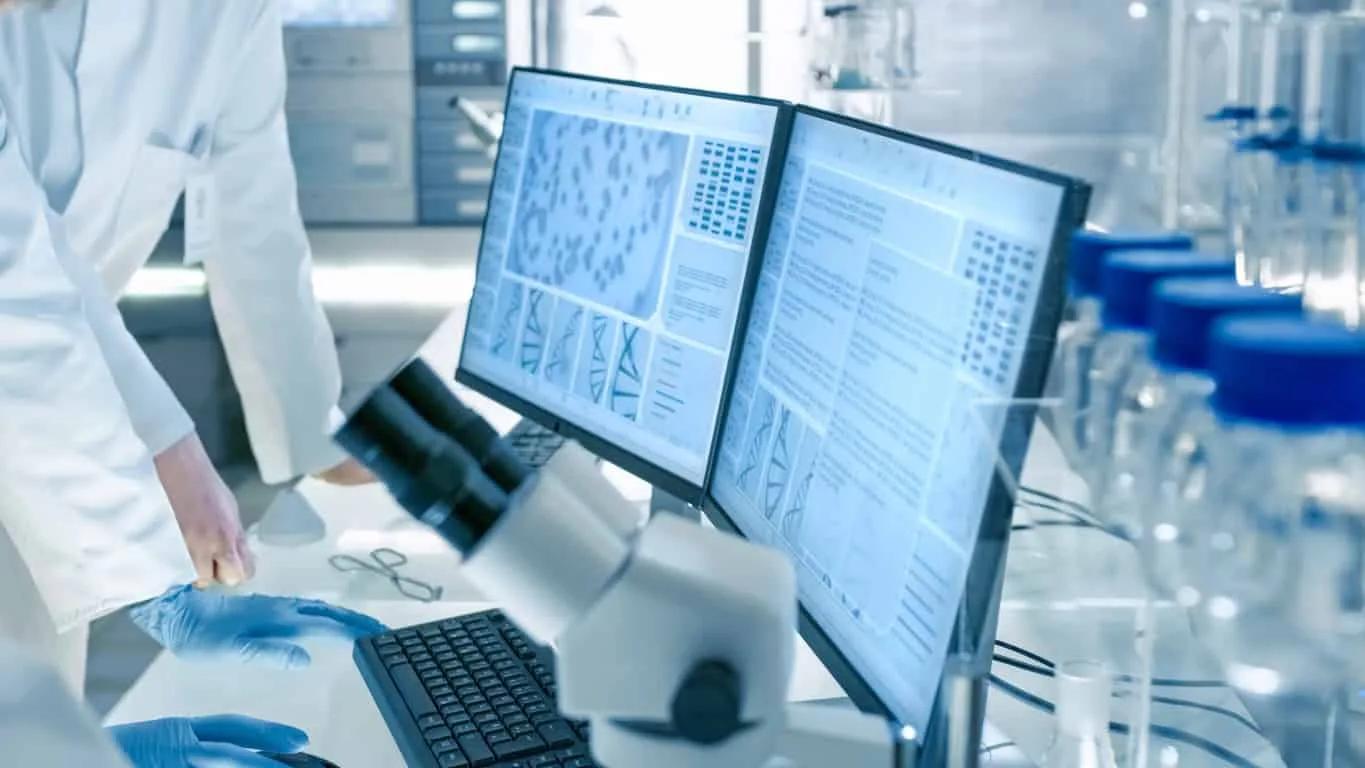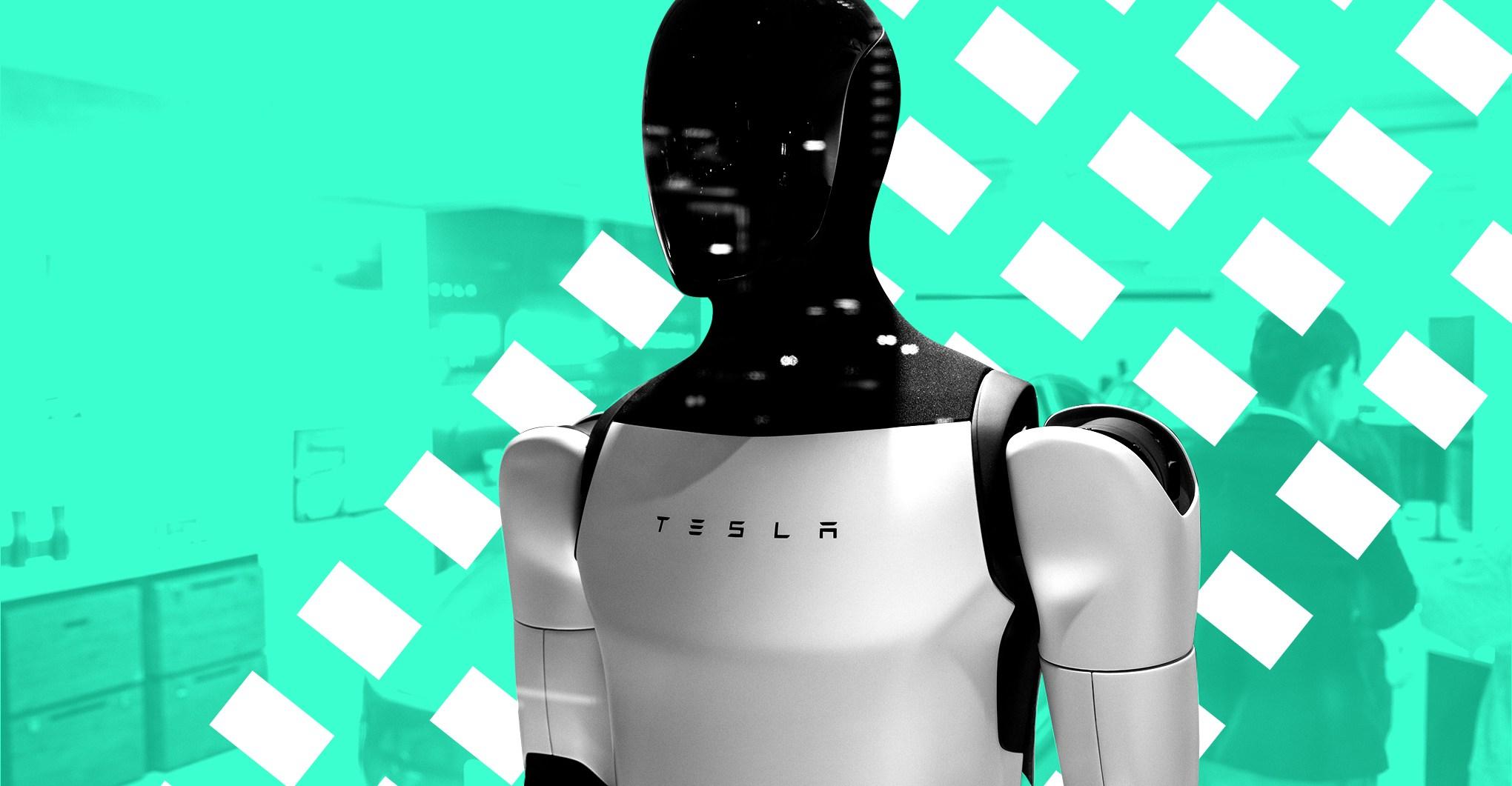Treatment was successful in three different kinds of animals with Type 2 diabetes, mice, rats and pigs


Researchers have demonstrated that short bursts of ultrasound targeted at specific nerves clusters in the liver can decrease insulin and glucose levels. The research was conducted on three different animals to treat Type 2 diabetes.
A team led by GE Research and investigators from Yale School of Medicine, UCLA, and the Feinstein Institutes for Medical Research, reported in the Nature Biomedical Engineering journal that a unique non-invasive ultrasound method is formed in the study to stimulate specific sensory nerves in the liver. Called peripheral focused ultrasound stimulation (pFUS), the technology lets highly targeted ultrasound pulses to hit tissues containing nerve endings.
In the report the researchers explained that, "We used this technique to explore stimulation of an area of the liver called the porta hepatis. This region contains the hepatoportal nerve plexus, which communicates information on glucose and nutrient status to the brain but has been difficult to study as its nerve structures are too small to separately stimulate with implanted electrodes.”
The treatment was successful in three different kinds of animals with Type 2 diabetes, mice, rats and pigs.
Raimund Herzog, a Yale School of Medicine endocrinologist working on the project explained that if the ongoing clinical trials confirm the research, then the "ultrasound neuromodulation would represent an exciting and entirely new addition to the current treatment options for our patients.”
In the study, just three minutes of focused ultrasound each day helped lower the normal blood glucose levels in the diabetic animals. Trials on humans are still in progress. The technology used to simplify and automate the systems in a way that they target the specific issue in the liver, will need to be developed before the treatment is made available. The technology used in the study require trained technicians but is aimed to be used at home for effective treatment.
Corresponding author on the new study and senior biomedical engineer at GE Research, Christopher Puleo, says "We’re now in the midst of human feasibility trials with a group of type-2 diabetic subjects, which begins our work toward clinical translation. The use of ultrasound could be a game-changer in how bioelectronic medicines are used and applied to disease, such as Type- 2 diabetes, in the future.”
PM Shehbaz, UAE President review economic cooperation
- ایک دن قبل

Pakistan condemns attempts to undermine Somalia’s sovereignty
- 4 گھنٹے قبل

Trump is talking about Greenland again
- 8 گھنٹے قبل

This town has 3 nuclear plants. Now, it wants another one.
- 17 گھنٹے قبل

Security forces kill four Indian backed terrorists in Panjgur IBO: ISPR
- 7 گھنٹے قبل

American women want to opt out
- 17 گھنٹے قبل
Death anniversary of ex-premier Benazir Bhutto Shaheed observed
- 4 گھنٹے قبل

Gold prices increase in Pakistan, global markets
- 37 منٹ قبل

Taiwan rattled by 7.0 magnitude quake, no major damage reported
- 42 منٹ قبل

Pakistan supports Saudi and UAE diplomatic efforts to ensure peace and stability in Yemen
- 11 گھنٹے قبل
Ex-SBP governor Dr Shamshad Akhtar passes away
- 2 گھنٹے قبل

How Wall Street helped turn poor countries into permanent debtors
- 17 گھنٹے قبل







